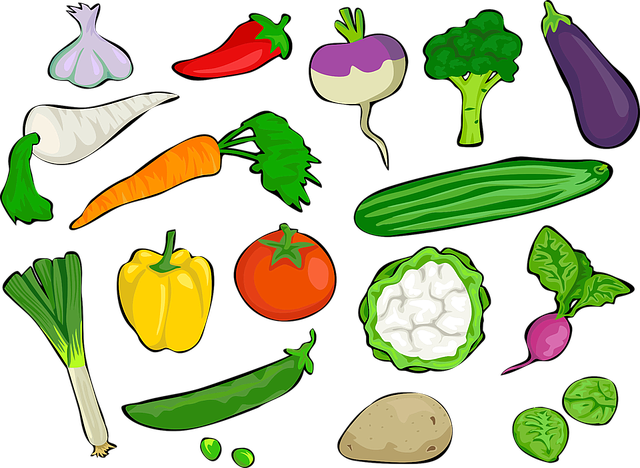No-Till Farming: A Sustainable Solution for Modern Agriculture
No-till farming is an agricultural technique that is gaining popularity due to its many benefits. This practice involves planting crops without disturbing the soil, which can help to improve soil health, reduce erosion, and conserve water.
What is No-Till Farming?
No-till farming is a method of crop production that leaves the soil undisturbed from harvest to planting.
This means that the soil is not plowed or tilled, which can help to improve soil structure, water infiltration, and nutrient retention.
No-till farming can also help to reduce soil erosion, improve soil organic matter content, and suppress weeds.
Benefits of No-Till Farming
Improved Soil Health
No-till farming can help to improve soil health by increasing soil organic matter, which can improve soil structure, water infiltration, and nutrient retention.
Reduced Erosion
No-till farming can help to reduce soil erosion by keeping the soil covered with crop residues, which help to break up the wind and water flow.
Conserved Water
No-till farming can help to conserve water by reducing evaporation from the soil surface.
Reduced Fuel and Labor Costs
No-till farming can reduce fuel and labor costs by eliminating the need for tillage.
Increased Yields
No-till farming can increase yields in some cases, particularly on soils that are prone to erosion or have low organic matter content.
Conclusion
No-till farming is a sustainable agricultural technique that can offer many benefits, including improved soil health, reduced erosion, conserved water, reduced fuel and labor costs, and increased yields.
However, there are also some challenges associated with no-till farming, such as weed control, nutrient management, and equipment cost. Overall, no-till farming is a promising technique that has the potential to improve the sustainability of agriculture.


